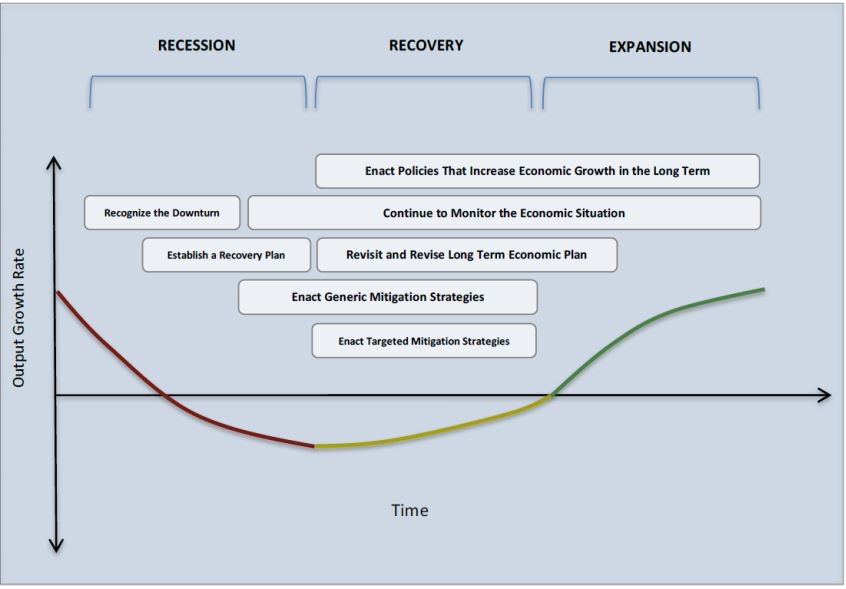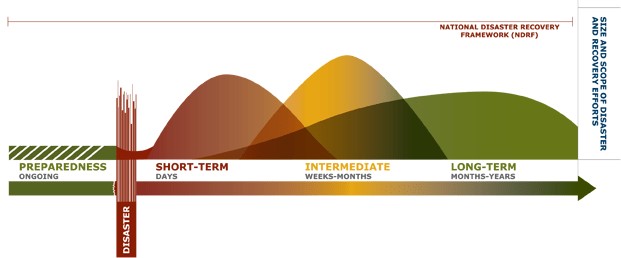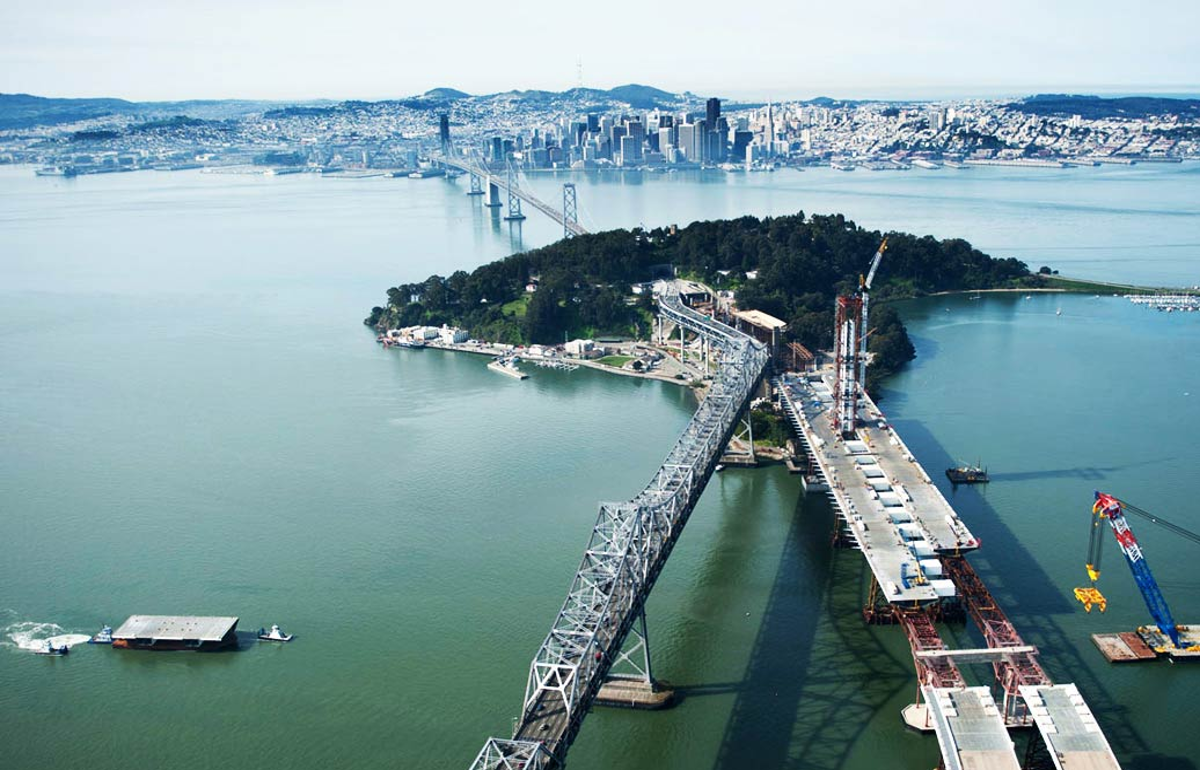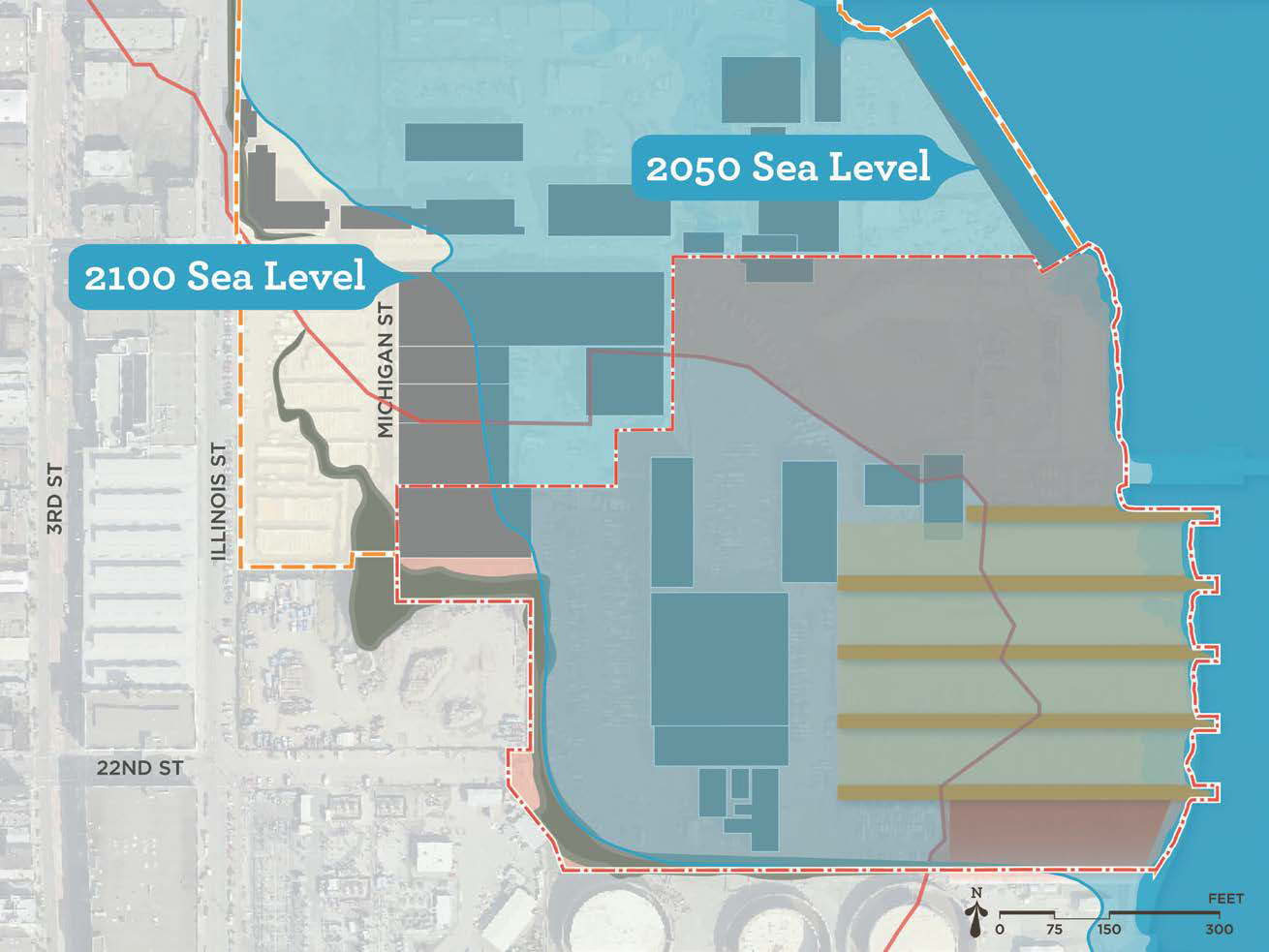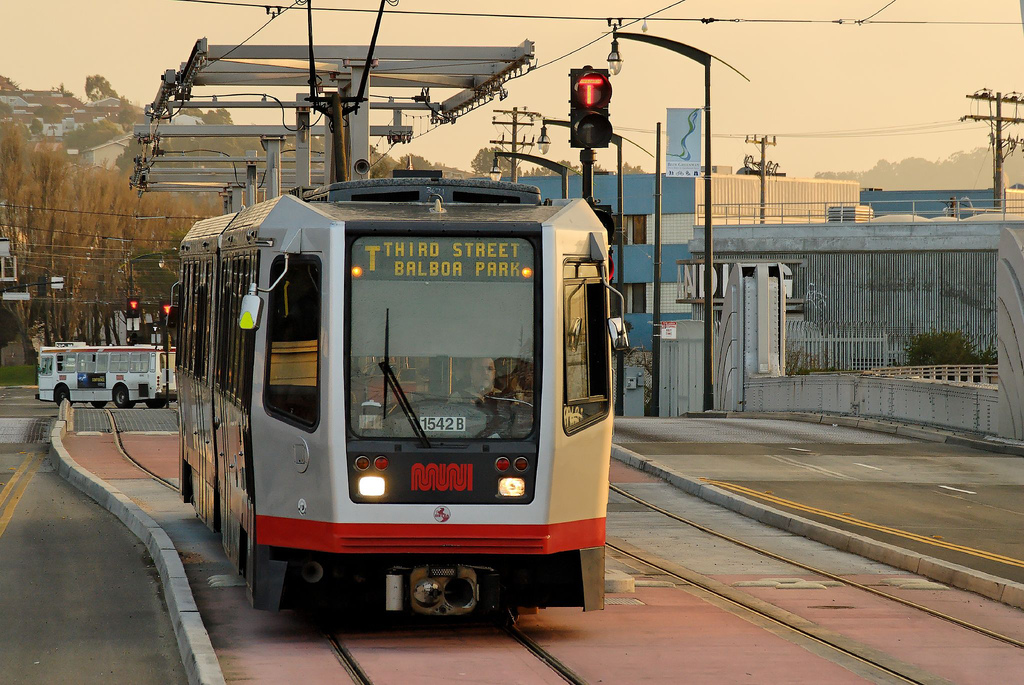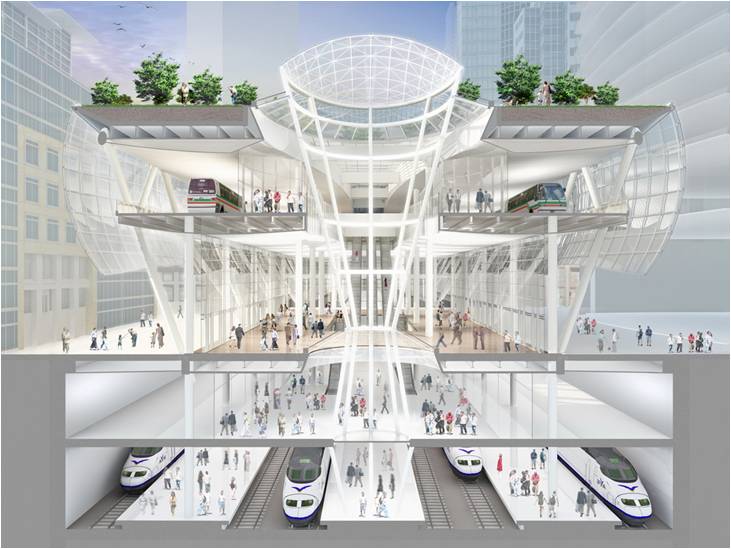Goal 2: Retrofit, Mitigate, Adapt
Strong Building Code: Mitigate Earthquake Risk Through the Building Code
Non-ductile Concrete: Evaluate and Retrofit Non-Ductile Concrete Buildings
Public Building Retrofits: Retrofit our Most Hazardous Publicly Owned Buildings
Emergency Respose: Strengthen our Emergency Facilities and Shorten Response Times
Seawall: Seawall Earthquake Safety and Disaster Prevention Program
Sewer System (SSIP): Upgrade, Repair, and Protect our Sewer System
Water System (WSIP): Water System Improvement Program
Firefighting Water Supply (AWSS): Repair, Expand, and Improve Emergency Firefighting Water System
0 80 100 Roots: Continue to Implement the 0 80 100 Roots Program
Climate Action: Develop a Paris Agreement-Compliant Climate Action Strategy by 2020
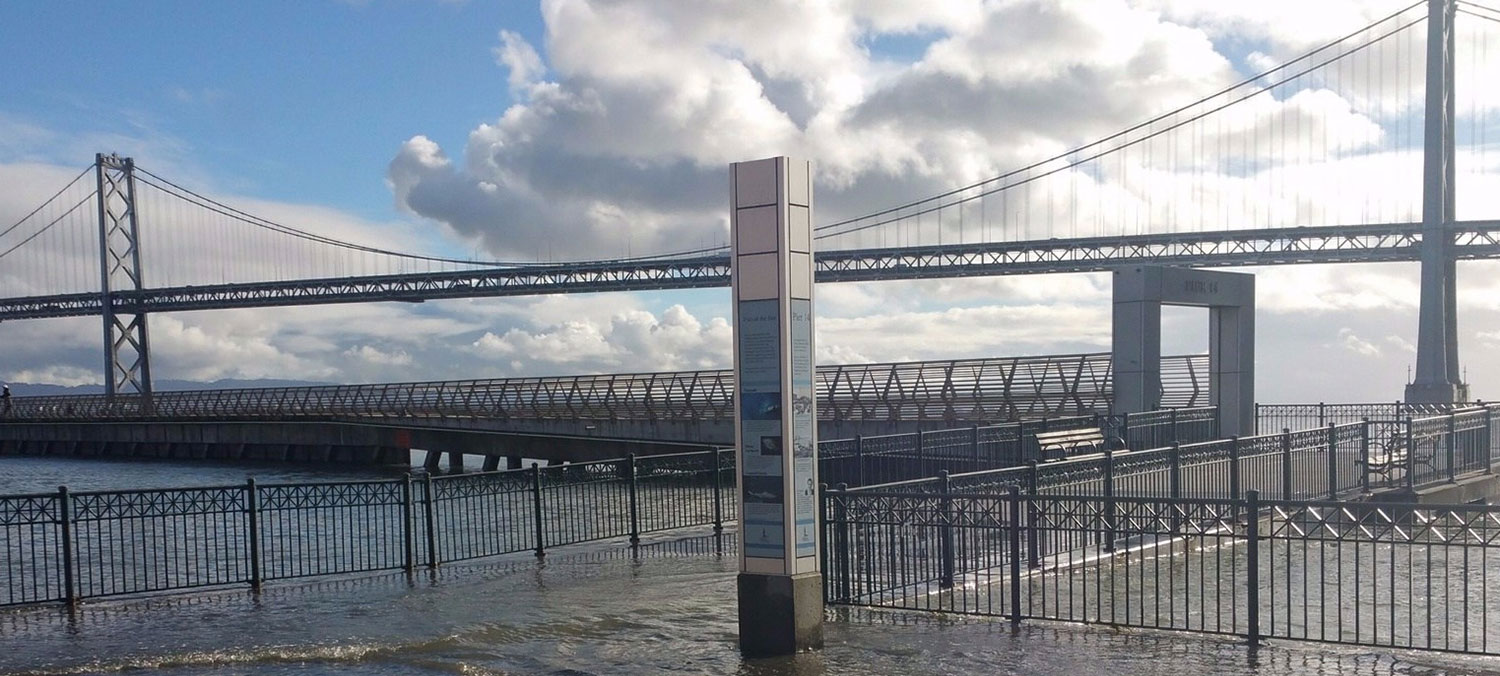
Today’s challenges will only worsen with tomorrow’s disruptions. We must work now to ensure housing for all San Franciscans before and after a disaster. We will work to address our city’s housing and homeless crises through innovative policies, reimagining and bold action to build a stronger city for today and tomorrow.

